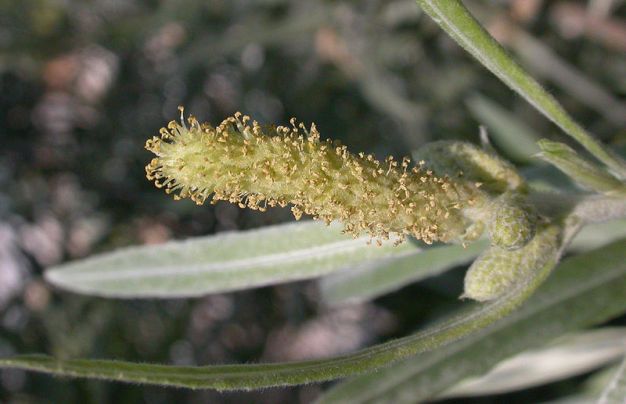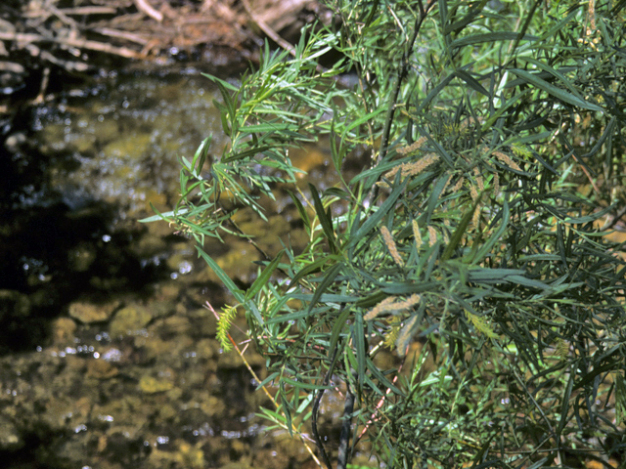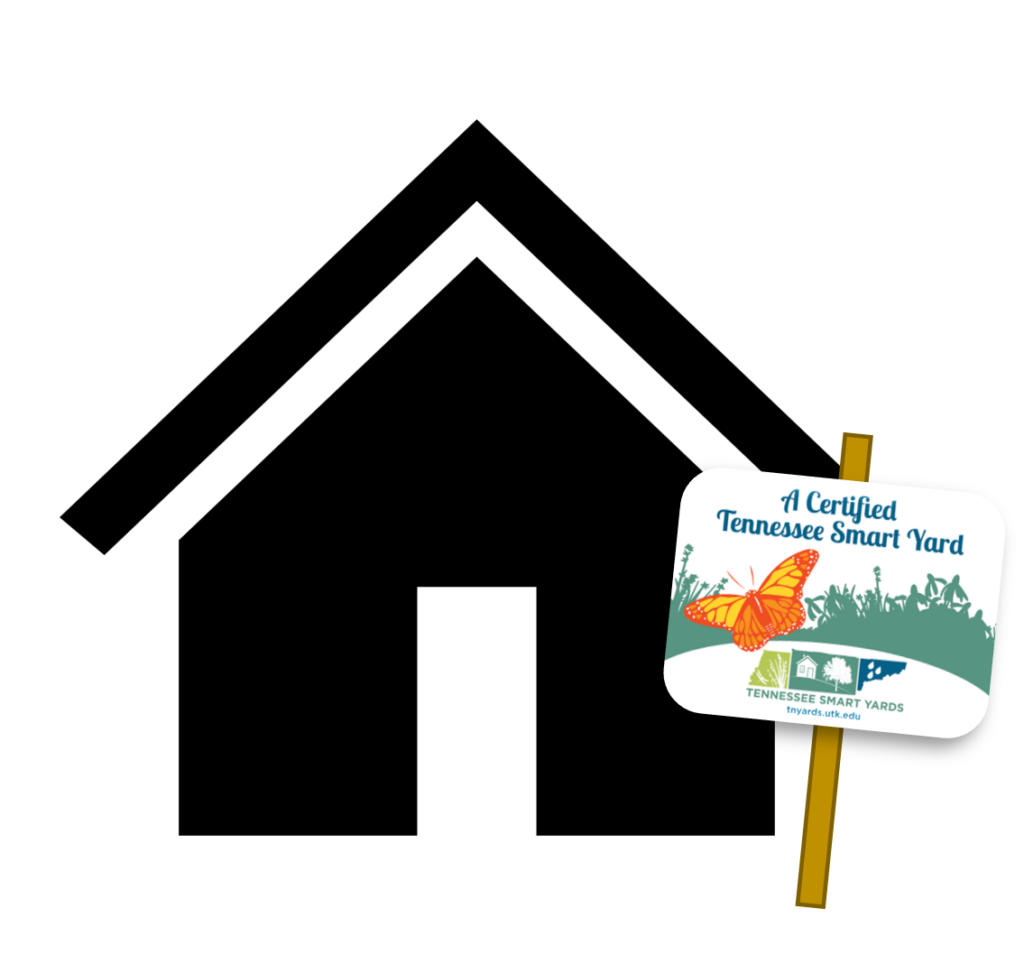
Common Name: Sandbar Willow, Narrowleaf Willow, Coyote Willow
Full to part sun; wet to moderately wet moisture level; sandy or gravelly soil; neutral pH is optimal but will tolerate slightly acid and slightly alkaline pH.
4-10 feet height by 6-15 feet spread; blooms in spring; yellow flowers; catkins open with the leaves so are virtually invisible at a distance; seeds are small, hairy capsules ¼ inch long in June and when ripe, open to release tiny wind-blown seeds with silky hairs.
Growth Rate: Fast. Suckers profusely.
Maintenance: Requires little care. Benefits from a severe cut-back to the ground every 5-10 years to rejuvenate the shrub. Susceptible to twig cankers, tar spot, aphids, willow galls and scale insects.
Propagation: Easy from cuttings and moderately easy from seed. Seed viability lasts only a few days. A cut dormant stem sunk into the ground will often take root. Can also root cut stems in a container of water.
Native Region: Most commonly in Coastal Plain Province and also in Interior Low Plateaus and in 2 counties in the Ridge and Valley Province
Deciduous shrub with wispy slender stems that can add interest and screening to gardens. Tough plant that will survive the trials of ice and flooding. Occurs naturally on river and streambanks, gravel bars and islands. Typically used for streambank and lake shore stabilization and riparian restoration. Best in deep, wet lowland, overflow areas, wet meadow sites, streambanks, lake shores and other areas with a high water table. May become weedy and invasive so be careful when selecting a planting site. Water-seeking roots can easily clog septic systems and storm drains within an area 2-3 times the shrub’s dripline area. Hybridizes easily with other willows so often difficult to identify in the wild. Provides shelter for many birds and forage for deer. Cultivars available.

